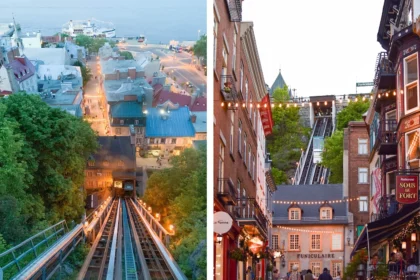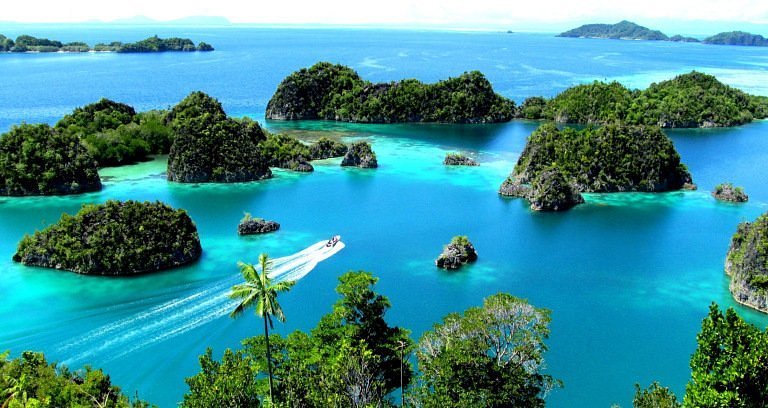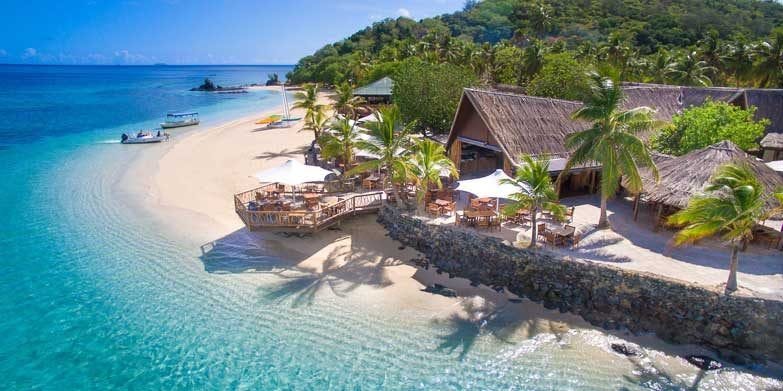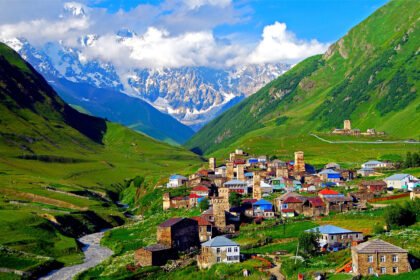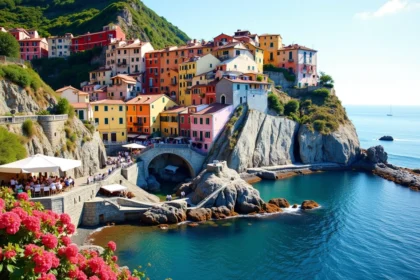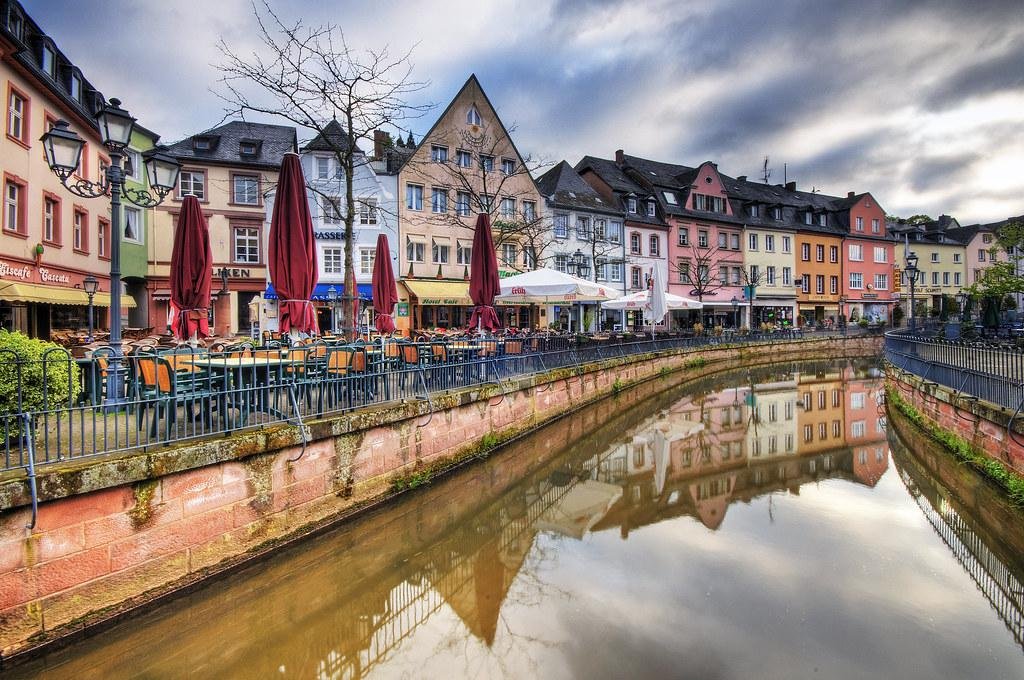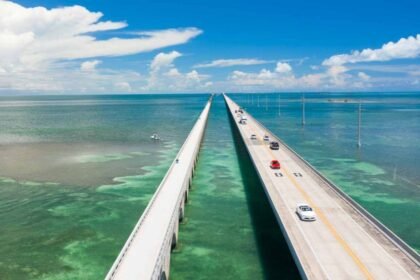The world’s great civilizations grew around the sea for thousands of years. Busy ports along the Mediterranean, the Red Sea, the Indian Ocean, and East Asia were important places for trade, diplomacy, and cultural exchange. But as coastlines changed, rivers silted up, and cities were conquered by time and war, many of these once-powerful harbors disappeared under modern streets, farmland, and new waterfronts.
These old ports are now hidden in modern landscapes. Their submerged piers, stone warehouses, and old quays tell stories of merchants, sailors, and strange goods moving along huge networks of maritime trade. Archaeologists, historians, and travelers who are interested in the past look for these signs to get back in touch with the flow of trade in the past.
Come with us on a journey across the Mediterranean, the Red Sea, the Indian Ocean, and East Asia to learn about the lost ports of ancient times—their rise and fall, and how they still affect the world today.
Why Ancient Ports Went Away
Before we go to specific places, it’s important to know why ancient ports “disappear.” There were a number of reasons:
- Natural Forces: Silting, changes in the course of rivers, earthquakes, and changes in sea level often buried harbors under layers of sediment or left them stuck inland.
- Urban Development: New cities were built on top of old ports, using the harbor areas for new infrastructure.
- Political Change: Conquests or changes in trade routes moved business centers to other places.
- Environmental Degradation: Overusing natural resources has caused economies and ports to sometimes fail.
Many lost ports still tell their stories through ruins, inscriptions, and underwater archaeology, even though they have been buried or hidden for hundreds of years.
1. Portus: The Lost Maritime Powerhouse of Rome
The Mediterranean: Old Cities Under Modern Shores
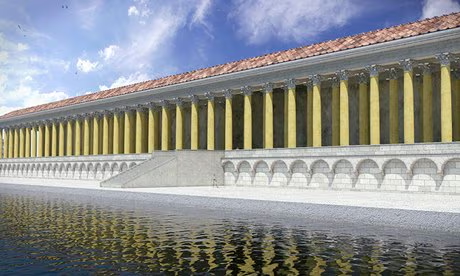
Portus was the main harbor of Imperial Rome and was about 20 miles west of Rome. Emperor Claudius built it in the 1st century CE, and Trajan added to it. It connected Rome to trade routes in the Mediterranean.
- It has a hexagonal basin, warehouses, and canals that connect it to the Tiber River.
- Lost Status: The empire fell apart, and the river changed course and filled with silt, which made it useless. Farmers in the Middle Ages used the land for farming.
- Portus is now partly under fields and the flight paths of Fiumicino Airport. Excavations have uncovered huge harbor walls and storage buildings.
Archaeologists today use LiDAR, satellite images, and underwater surveys to recreate Portus’s grandeur, which shows how Rome brought in grain, wine, olive oil, and luxury goods from all over its empire.
2. Libya’s Forgotten Port of Splendor: Leptis Magna
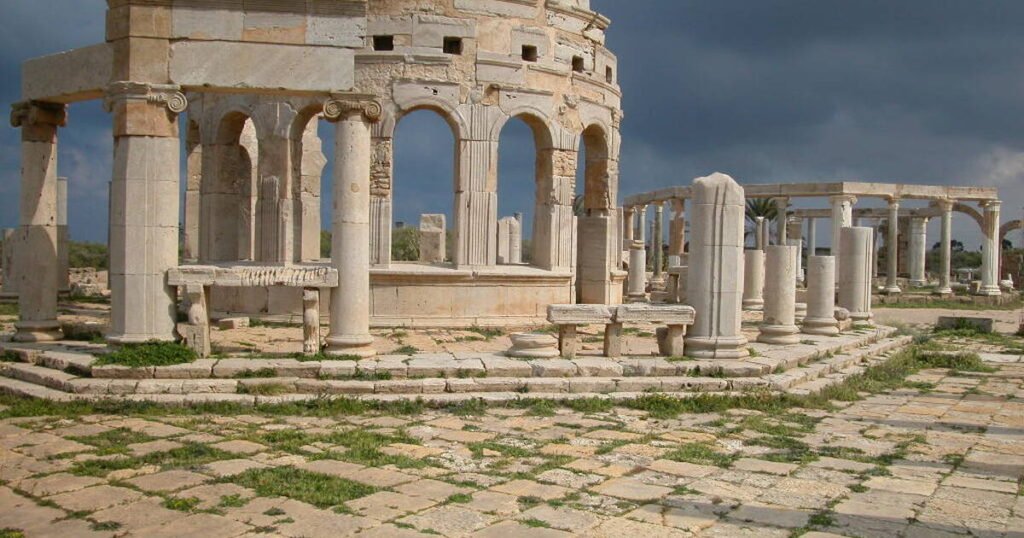
Leptis Magna, one of Rome’s richest cities, is on the coast of Libya. It is known for its huge buildings and harbor.
- The Golden Age: Leptis Magna grew a lot in the 2nd century CE, when Emperor Septimius Severus (a native son) was in charge.
- Port Decline: The port’s decline was caused by sand encroachment, harbor silting, and instability in the area.
- Modern Landscape: The ruins in the middle of the country are still impressive, but the ancient harbor is buried under sand and sediment near the Mediterranean shore.
The lost port of Leptis Magna shows how quickly nature can take back what people have built, leaving behind an eerie silence where galleys used to be.
3. Neapolis: The Secret Port Under Naples
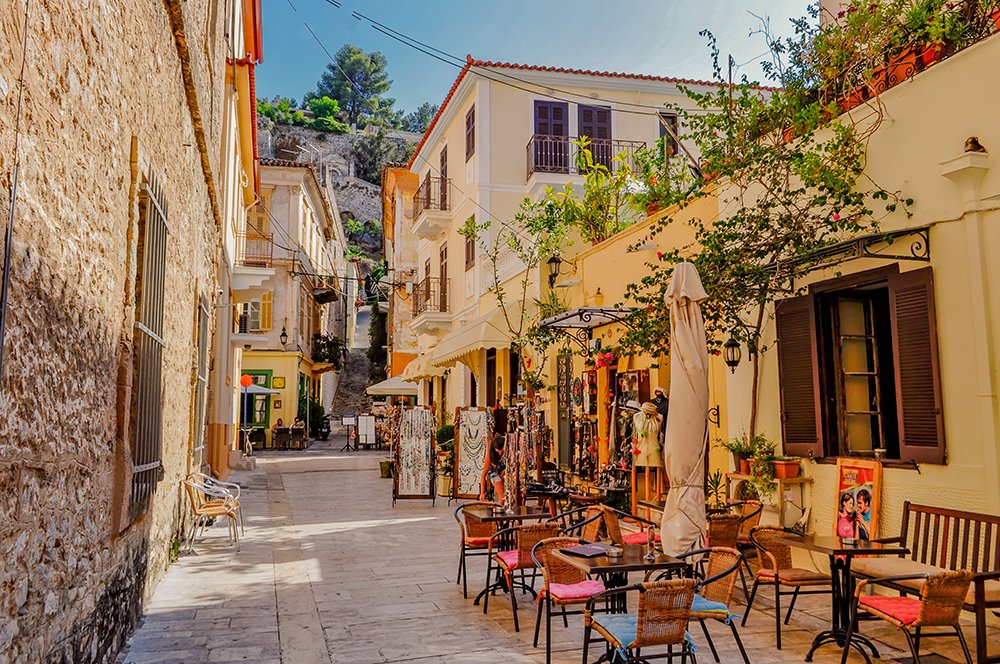
Naples is a busy city today, but underneath its streets is the port of ancient Neapolis, which the Greeks built and the Romans later used as a trade center.
- Lost Beneath Streets: Excavations show that there are Roman docks, warehouses, and fish-processing factories under Piazza Municipio and other parts of the city.
- Trade Links: Neapolis linked central Italy to the eastern Mediterranean by sending amphorae full of oil and wine.
As the Naples Metro grows, archaeologists keep digging up Neapolis’s harbor. This shows that many old ports are still buried under modern cities.
4. Alexandria: Egypt’s Maritime Jewel with Shifting Sands

Alexander the Great built Alexandria in 331 BCE. It was the Mediterranean’s most important center for trade and learning.
- The Pharos Lighthouse, one of the Seven Wonders, used to be in the Ancient Harbor. It was also home to busy docks that served ships from Greece, Rome, Arabia, and India.
- Natural Disasters: In the 4th century CE, earthquakes and tsunamis flooded parts of the city, including royal quarters and the island with the lighthouse.
- Modern Alexandria is built on top of the ancient city. Underwater archaeology has found statues, temples, and harbor installations in the Bay of Alexandria.
Divers have found huge statues of Ptolemaic rulers and temple ruins just off the coast. These remind us that Alexandria’s lost harbor is still under the waves.
The Red Sea: Doors Between Continents
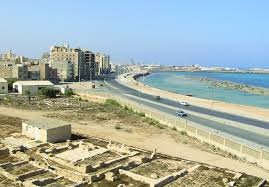
5. Berenice: Egypt’s Desert Port
Berenice Troglodytica is a Roman port that connected Egypt to India and Africa. It is located deep in Egypt’s Eastern Desert, near the Red Sea.
- Ptolemy II started it in the 3rd century BCE.
- Goods for trade include spices, silk, ivory, and gemstones that come from India and East Africa.
- Modern Landscape: After Rome fell, desert sands took back a lot of the port. Excavations have found warehouses, pieces of pottery, and inscribed ostraca that show how trade worked.
Berenice was a lifeline for Rome’s luxury markets, and archaeologists are still looking into its harbor remains near the desert.
6. Adulis: The Kingdom of Aksum’s Lost Port
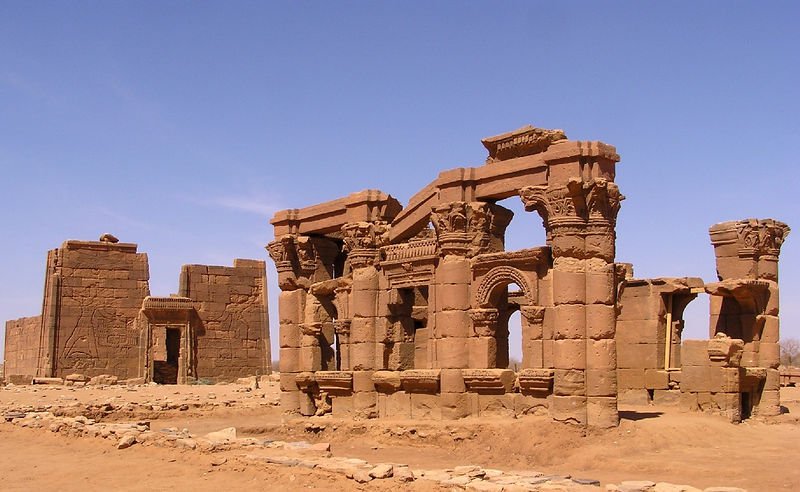
Adulis was a major port in the Kingdom of Aksum along Eritrea’s Red Sea coast.
- Golden Age: From the 1st to the 7th century CE, it thrived and sent out gold, ivory, and incense.
- Decline: A lot of Adulis was buried when trade fell off and coastlines changed.
- Modern Landscape: There are now modern Eritrean villages around the ruins, which are now inland.
Adulis was one of the most important but least known ports in ancient times because it connected African kingdoms to the trade networks of the Mediterranean and Indian Ocean.
The Indian Ocean is the Center of World Trade
7. Muziris: India’s Famous Port
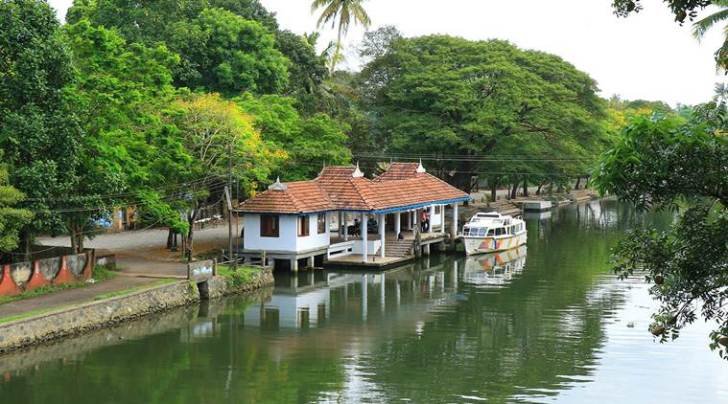
The port of Muziris on India’s Malabar Coast is one of the most romanticized ancient ports.
- Fame: Roman texts say that this was India’s main spice port from about the 1st century BCE to the 5th century CE.
- Lost Location: Floods from the Periyar River may have changed the coast, burying Muziris under silt.
- Modern Landscape: Archaeologists think that Muziris was in the area around what is now Pattanam in Kerala. Excavations have found Roman amphorae, beads, and pepper remains.
Finding Muziris again helps us understand Indo-Roman trade by showing how black pepper and other luxury goods crossed oceans to get to Roman markets.
8. Debal: Pakistan’s Lost Gateway
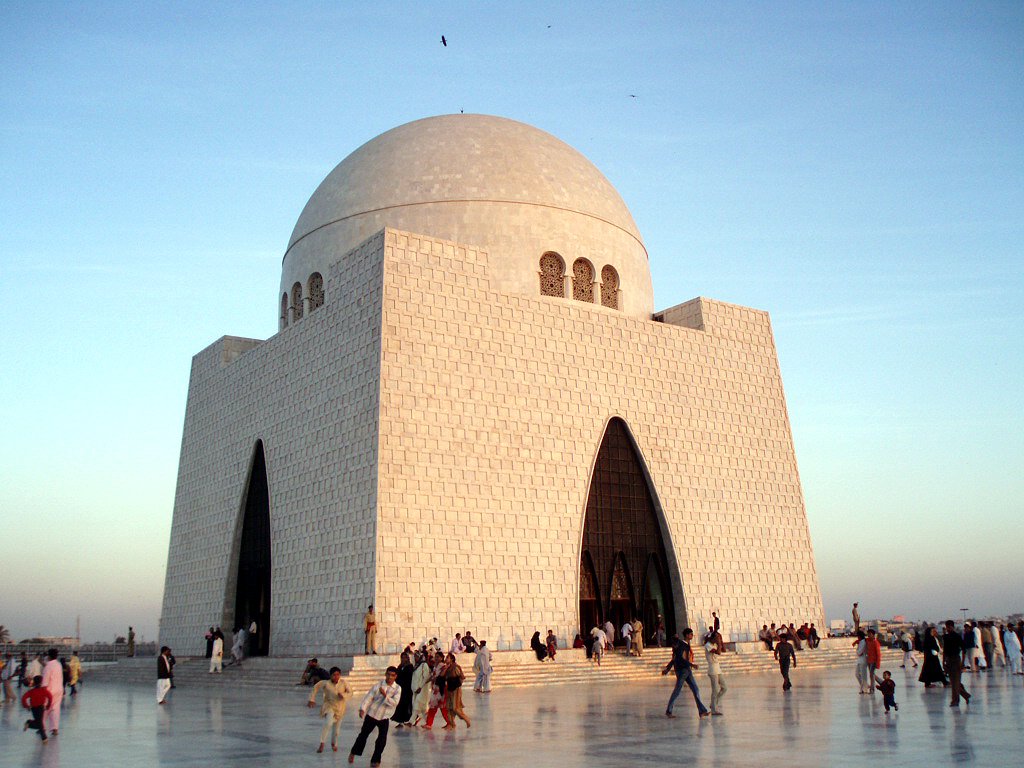
Debal, which is now near Karachi, was the main port of Sindh in what is now Pakistan.
- In 711 CE, Muhammad bin Qasim conquered India, which opened it up to Islamic influence.
- Decline: The harbor at Debal was hidden by silt and moving river courses.
- Modern Landscape: There is still debate about the ancient site, with some scholars connecting it to the area around Karachi Harbour.
Debal was a trading hub for Arabia, Persia, and India, but not much evidence of this can be seen today.
9. Qana, Yemen’s Smelly Port
Qana (Kana) was the main port for shipping frankincense and myrrh in southern Yemen.
- The Flourishing Era lasted from the 1st century BCE to the 4th century CE.
- Items traded: Arabian spices going to Rome and India.
- Modern Landscape: Desert sands and modern settlements cover up a lot of ancient Qana. Excavations keep finding inscriptions and harbor installations.
Qana’s decline is similar to changing trade patterns and political instability. It is now a forgotten port where incense once filled the palaces of emperors.
East Asia: Ports Under the Big Cities of Today
10. Guangzhou (Canton) – An Old Port Under China’s Trade Capital
Guangzhou is a big city now, but most of its old harbor is hidden under buildings.
- During the Tang dynasty (7th–10th century), Guangzhou was China’s most important port for foreign trade. Merchants from Arabia, Persia, and Southeast Asia came there.
- Archaeological Finds: Digging under modern streets has uncovered Tang-era quays, ceramics, and storage cellars.
- Modern Landscape: A lot of ancient Guangzhou is buried under layers of construction and riverbank that have been reclaimed.
The hidden ancient harbor in Guangzhou shows how maritime trade helped China become a major trading power in the world.
11. Naniwa: The Port of Osaka That Was Forgotten
Modern Osaka in Japan grew out of the ancient port city of Naniwa, which was very important for Japan’s early international ties.
- Historically important: It was the capital of the empire and a trade port from the 7th century on.
- Decline: The port was only partially abandoned because of changes in the river and politics.
- Modern Landscape: Digs under Osaka have found wooden docks, warehouses, and ceramics from all over Asia.
Naniwa’s story shows how new urban sprawl can bury even the busiest ports when watercourses change.
Finding Lost Ports Again: New Ways and Problems
Modern archaeology uses new methods to find old ports that have been lost, such as:
- Remote Sensing and LiDAR show the outlines of harbors that are hidden under dirt or plants.
- Underwater archaeology: divers and sonar map structures that are underwater.
- Geoarchaeology: Analyzing sediments helps us figure out how coastlines have changed.
- Urban Excavations: Building projects in cities often uncover the remains of old harbors.
Even though technology has come a long way, there are still problems:
- Excavation is hard because of urbanization.
- In some areas, political instability makes it hard to work.
- Rising seas are a threat to coastal ruins because of climate change.
But every new find changes how we think about ancient global connections.
Why Lost Ports Are Important Today
There is more to studying the lost ports of the past than just romantic stories about sailors and strange goods. It:
- Sheds light on ancient trade routes around the world.
- Shows how connected early civilizations were.
- Helps with planning ports and the coast in the present day.
- Improves the potential for tourism and cultural heritage.
These ports show us that globalization isn’t something new. For thousands of years, people built trade and cultural networks that crossed continents.
Conclusion: The Everlasting Beat of Maritime History
The lost ports of the past are still very important for understanding our history, even though they are now underwater, buried, or hidden by modern cities. They show how ambitious people are, how well they can build things, and how the sea has always been a way to get rich, learn about new cultures, and have adventures.
Archaeologists uncover colorful worlds that were once full of life and trade as they dig deeper into the past. By going to these hidden harbors, we can reconnect with the old rhythms that still shape the world today.
Next time you walk along a modern waterfront or explore an old ruin, remember that the stones of forgotten quays and wharves may still echo with the calls of merchants and the creaking of old ships, waiting to be found again by time.
Sources and Suggested Further Reading
- Lionel Casson, The Old Mariners
- Barry Cunliffe, Facing the Ocean: The Atlantic and Its People
- Casson, Life in the Harbor in Ancient Rome
- University of Southampton’s “Portus Project”
- “Leptis Magna Archaeological Project,” The Libyan Studies Society
- Arab Seafaring in the Indian Ocean by George F. Hourani
- Reports from different regional institutes about archaeology


